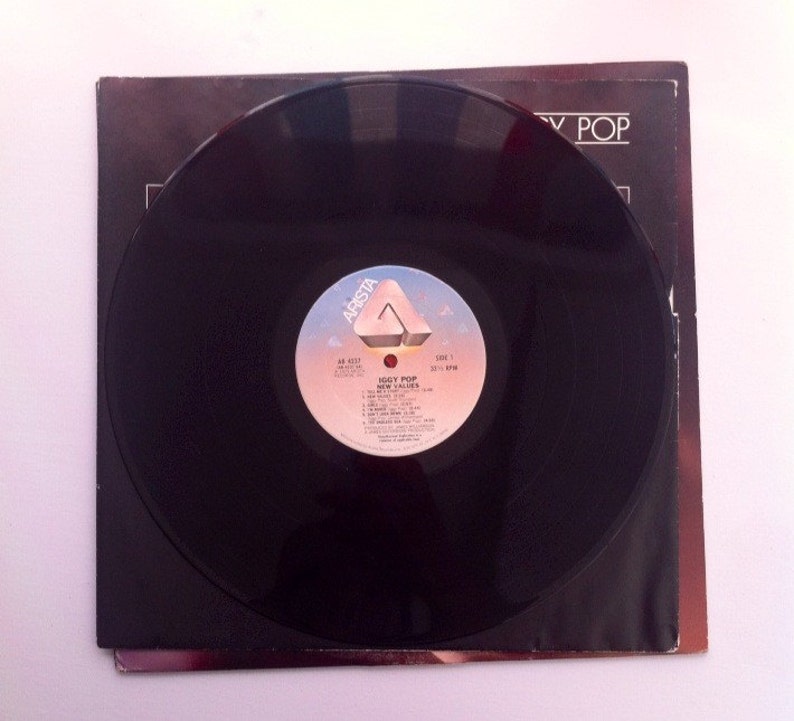

Use the brush to remove dirt and grime from the groves in the vinyl. It's important not to get the label wet, so avoid spraying the cleaning solution directly onto the surface of the album. Apply some cleaning solution to the vinyl using a soft record cleaning brush. Place your album on a clean bath towel or another lint- and dirt-free soft surface. These smaller 45 records are generally singles (with an A and B side) that play at the faster speed on your turntable. The warm sound and unmistakable depth possible with vinyl attract many audiophiles. Thanks to Audio-Technica, Okki Nokki, and Chillhop for providing the gear and music to help Discogs create the video.While more contemporary types of media have been released, turntables, LPs, vinyl, and 45 RMP records are still being played. Video shot by Sam Harrison and hosted by Russ Ryan, who is also a co-founder of Near Mint. Steven Williams and Russ Ryan contributed to this guide. Audio-Technica AT6013a Anti-Static Record-Cleaning BrushĪrticle originally published in 2018.Fair warning: These machines are typically very expensive, though the return of raising the grade of the record might be worth it for those looking to sell records.

They will significantly reduce the time needed to clean each record.
33 RPM VINYL RECORD VALUES HOW TO
Check out our guide for the most comprehensive review of how to store vinyl records.įor those that need to clean a lot of records, consider buying a vinyl record cleaning machine like the Okki Nokki. Make sure your records have a sleeve and are being properly handled by the edges or label at all times. Be sure to avoid the label at all costs - these can get damaged depending on the cleaning solution you are using. Once the cleaning solution is on the surface of the record, apply pressure in circular movements with a clean microfiber or cotton cloth.
33 RPM VINYL RECORD VALUES PROFESSIONAL
We can recommend Near Mint Vinyl Record Cleaner, which you can learn more about in our side-by-side test of popular homemade and professional cleaning solutions. There are plenty of options to choose from, including a dedicated solution such as VPI record cleaning fluid, concoctions such as the soapy mixture used by the Library Of Congress, or literally just Dawn dish soap (go with the blue kind over green) mixed with water. Be extremely careful to avoid touching the label with liquid of any kind, as this can cause the epoxy to loosen and the label to discolor.Ĭleaning solution recommendations: Many collectors debate which vinyl record cleaning solution works best and which ones to avoid. Once you have identified sections of a vinyl record that require intensive cleaning, directly apply a cleaning solution. Spray cleaning solution on problem areas. If that’s the case, wash it with warm, soapy water and let it dry, then start back at step no. Sometimes, the entire record may need a scrub. These problem areas will need some love and attention. Under a soft, bright light, view the surface for any discolorations, smudges, and fingerprints. Inspect the record for visible blemishes. There are plenty of brushes out there, but we can personally vouch for the Audio-Technica AT6013a.Ģ. Use long, gentle brush strokes with a designated tool to make sure you are removing detritus without harming the vinyl surface. Just like sweeping before mopping a floor, removing dust and static before using a liquid solution will make your life much easier. Remove dust and static with a record brush. Optional: If your record is particularly grimy or mold, then we recommend you wash it with warm, soapy water and let it dry before you start step no. Store vinyl records properly to prevent future problems.Spray cleaning solution on problem areas.Inspect the record for visible blemishes.Remove dust and static with a record brush.


 0 kommentar(er)
0 kommentar(er)
